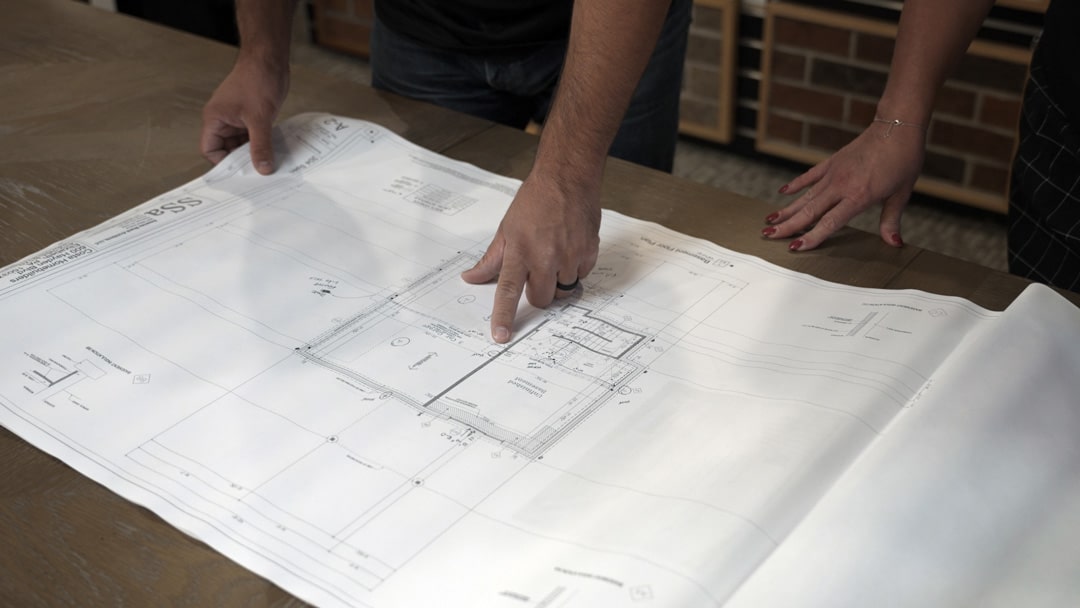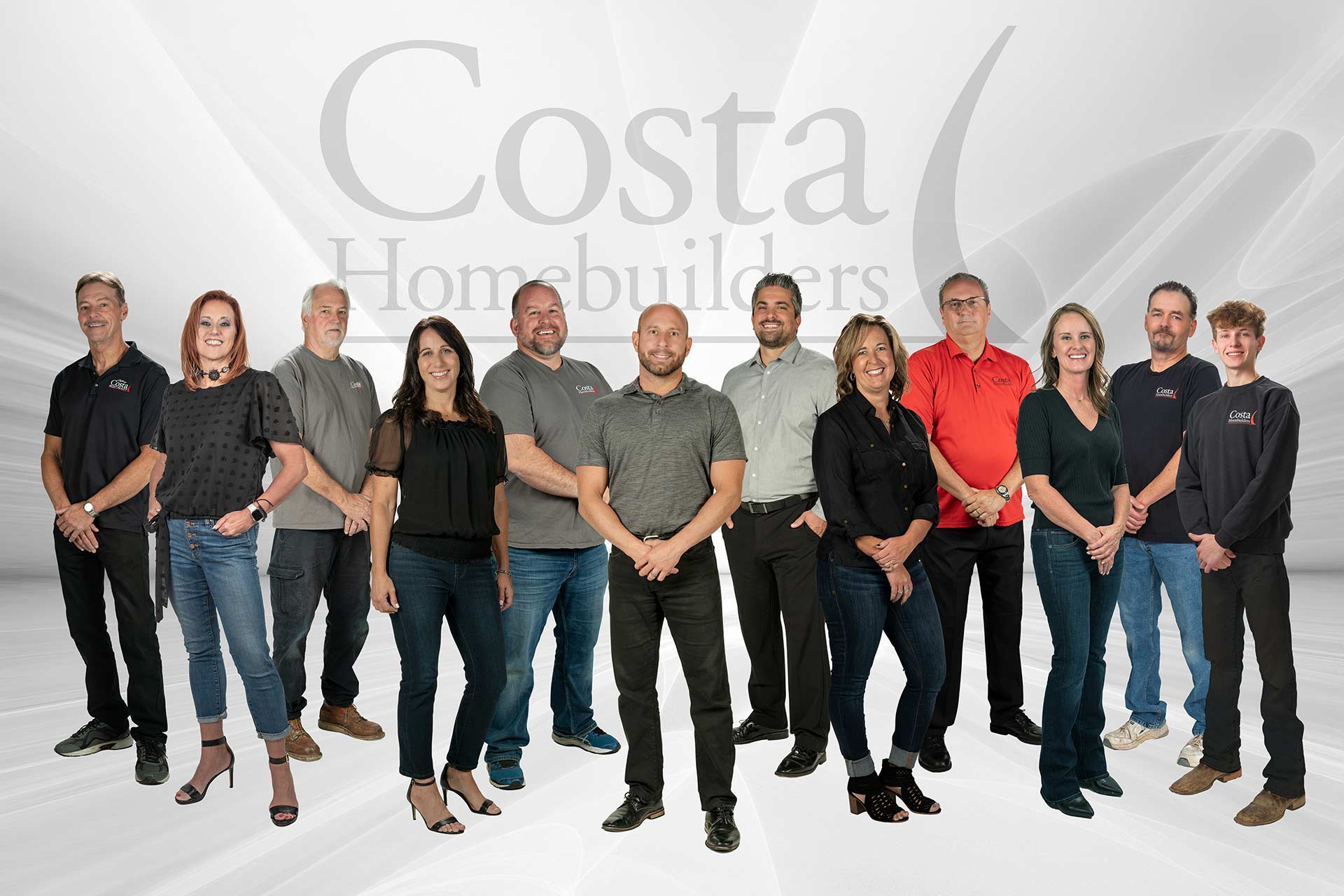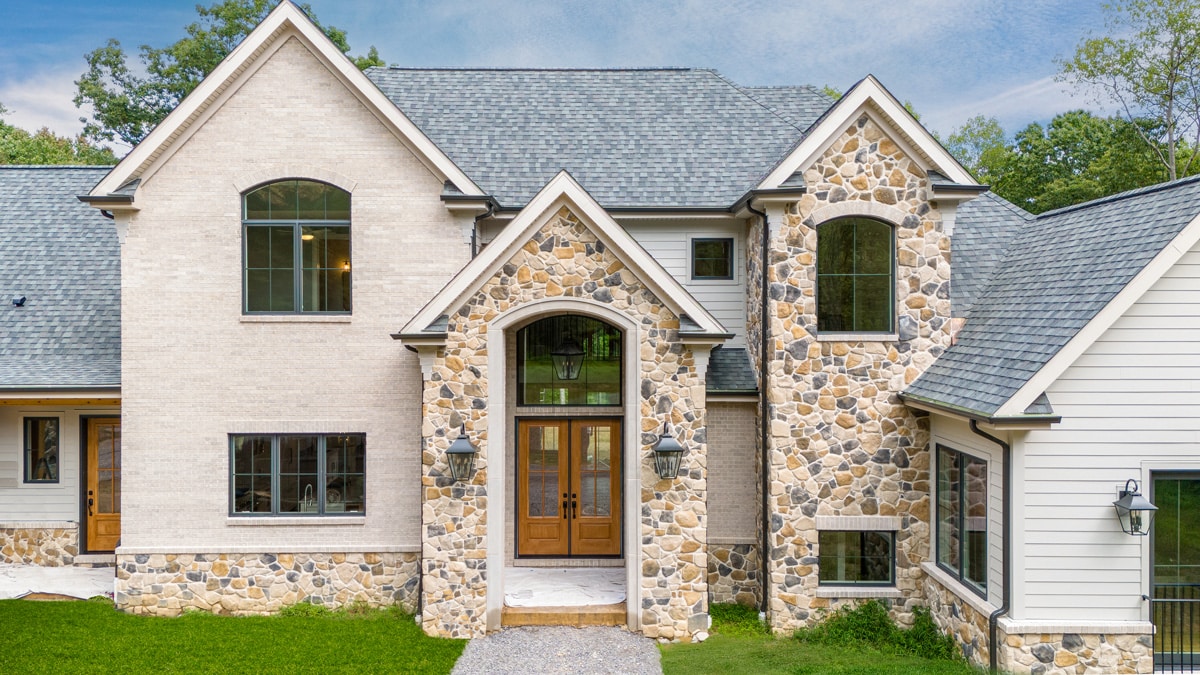Costa Homebuilders
Build on your Lot Pittsburgh
Benefits of Building on Your Lot
- Endless Customization Possibilities
- Typically Larger and More Private Lots
- Large Open Spaces
- Scenic Views
- Less Building Restrictions
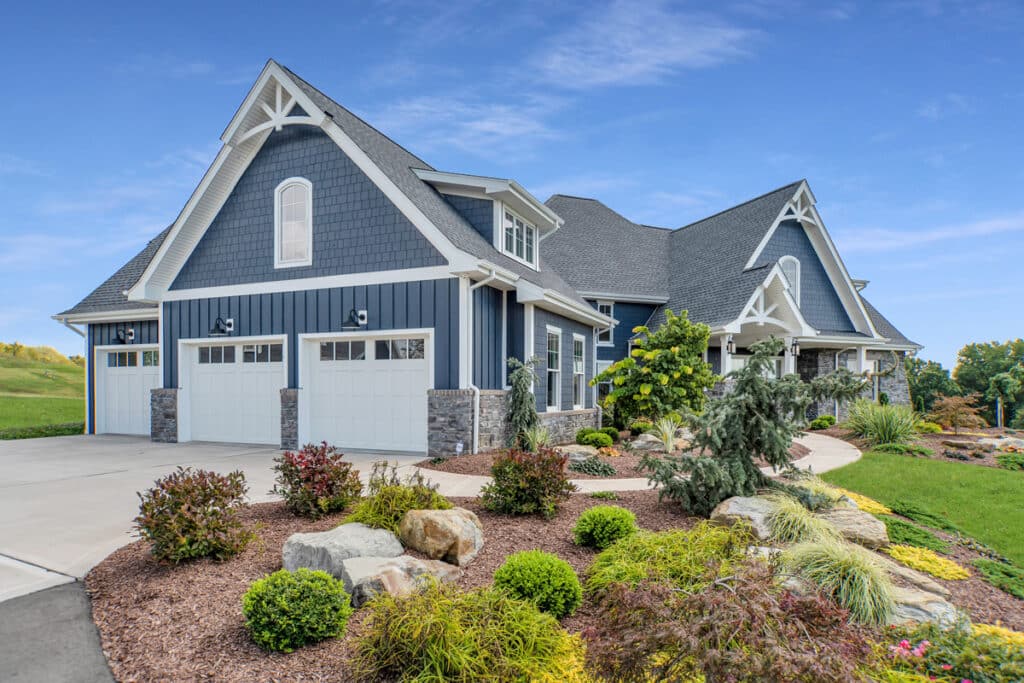
Getting Started
Some of our clients purchase a piece of land or want to build their custom home on land they already live on. If you already own a lot, we are happy to help make your dream home a reality. If you need to find a lot, the best results come from partnering with one of our Build on Your Lot Specialists before you begin. They can help you review all the factors to consider when building on your own lot.
Our Build on Your Lot Specialists assist our clients in a variety of ways:
01.
Identifying a Location
We offer our expertise in narrowing down the perfect area for your lot search. The location of your future home will be a big aspect of how much you enjoy it, the value your home holds for years to come, and your ability to sell it in the future. While considering areas to buy land, we’ll help you identify factors such as a high-ranking school districts, your daily commute, and the type of community you desire.
02.
Ensuring the Land is Buildable
Often, land that is seemingly easy to build on to the untrained eye proves to be more challenging when the builders are on-site. Our experts are diligent at reviewing undeveloped land.
03.
Reading the Fine Print
We help you tackle the nitty-gritty aspects of choosing a lot, such as zoning laws, easements, sewage requirements, utilities, tree and stump clearing and additional excavation work that might be required. Having this knowledge in the decision-making process will help you avoid any unforeseen complications and better identify the costs to prepare the site before building.
04.
Visualizing Your Dream Home on Raw Land
It can be hard to imagine what a lot will eventually look like when your custom luxury home is sitting on it, especially if there is an existing structure that will need to be removed. Our experts will do their best with plans, surveys and in person site meetings to help you visualize your new home.
05.
Creating a Plan
Our experts will ensure that you find land that is appropriate for your dream home. We’ll also help you determine the placement of your home on your land, to get the most value from your lot.
Our experts will help advise you in finding an appropriate lot for you new home build. We’ll also help you determine the placement of your home on your land, to get the most value from your lot.
Designing Your Dream Home
Once the lot has been chosen, your Build on Your Lot Specialist will help you decide the best position for the home on the lot, and will guide you through coordinating plans, options, home site and a location.
We have a variety of home floor plan designs that you can choose from to build on your lot, or you can design your own home from scratch with our New Life® Custom Home Process.
Bring your Vision to Life and Reach Out to Us Today!
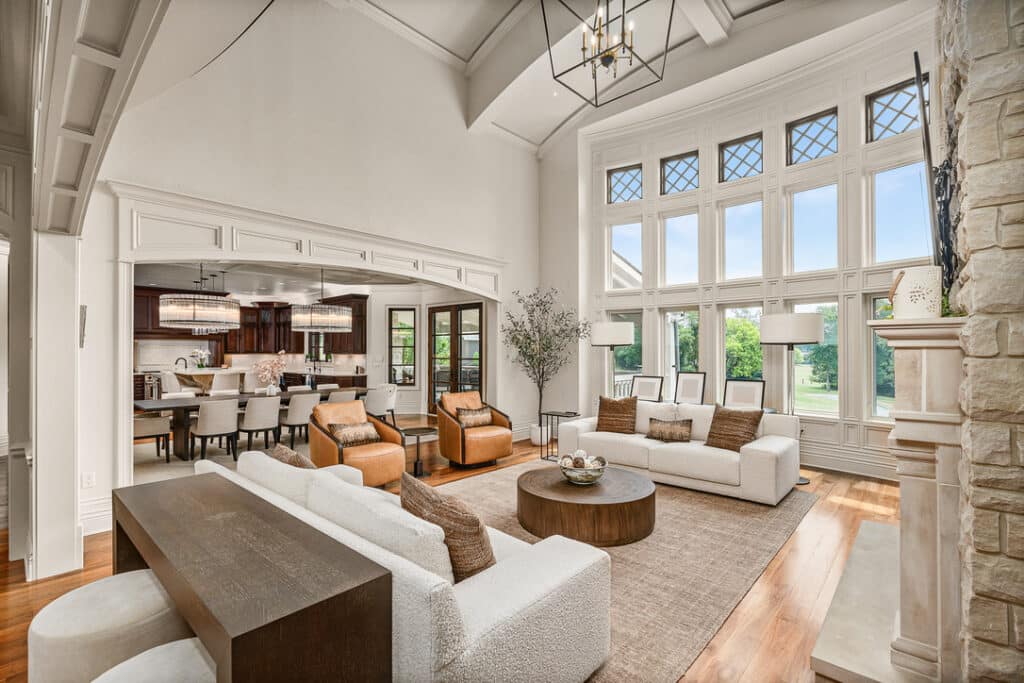
Why Costa
Choosing the right builder for your custom home is an essential part of turning a house into a home. Costa Homebuilders partners with homeowners to provide them with the best lot-buying and home-building experience possible.
An award-winning builder, winning the 2024 Best Single Family Detached Home over $2 Million award by the Pittsburgh Metropolitan Builders Association as well as being honored to have been ranked as the #1 Homebuilder in Pittsburgh by Houzz.
We Belive Because of:
Start Your Journey Towards
Owning Your Perfect Home Today
Learn more about our Custom Homes and Design Services

